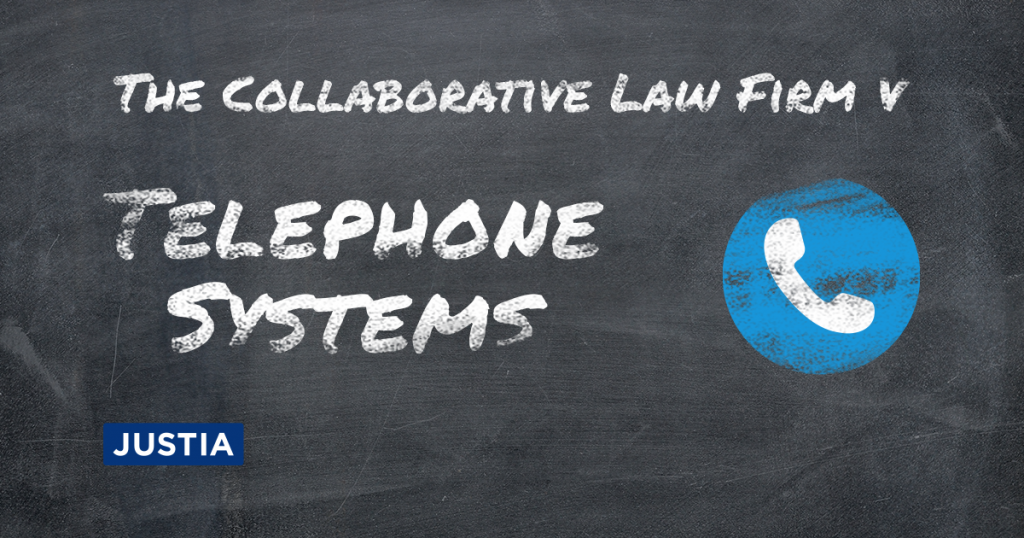We can’t send you updates from Justia Onward without your email.
Unsubscribe at any time.
In the latest edition of our ongoing series on the services and systems you need for your law firm, we discuss Business Telephone Systems and your myriad options for telephony.
Telephone service is perhaps the most crucial collaboration service for any business, even more so than email (which we talked about in Part III of this series). When we posted 6 ways to Boost ROI back in February, 5 out of 6 of those tips dealt with answering the phone.
Small solo firms may be able to rely on a standard landline or even just a cell phone, but once the headcount reaches multiple employees, the firm will need a more robust system to handle its telecom requirements. In this post, I’ll cover the different types of telephone services you can get for your firm depending on your firm’s particular needs. Some of these services are for very specific features, and as such you may find you need more than one of these services to conduct your business.
As I did with instant messaging, chat, and email, I’ll also tell you how you can setup your own phone system if you don’t want to rely on a third-party service (though you’ll still need to get a landline or raw VoIP service in order to have a telephone number). Unlike my previous posts in this series, there is a hardware component to phone service you simply cannot do without: you’ll need some sort of device to use as a phone.
Service Provider
Before we talk about phone systems, let’s review the different ways you can get phone service.
Landline Service (POTS)
 If you’ve been around people who work with phone equipment, you may have heard the acronym POTS. You may think this is an acronym for something technical, but POTS actually stands for Plain Old Telephone Service, and refers to the largely unchanged technology that has been in use since the late 19th century. A physical line comes into your firm’s office and is plugged either directly into a physical phone or into a more advanced phone system (more on that below).
If you’ve been around people who work with phone equipment, you may have heard the acronym POTS. You may think this is an acronym for something technical, but POTS actually stands for Plain Old Telephone Service, and refers to the largely unchanged technology that has been in use since the late 19th century. A physical line comes into your firm’s office and is plugged either directly into a physical phone or into a more advanced phone system (more on that below).
This is often the cheapest method of getting phone service as you can simply plug a standard telephone into the jack in your wall, and make and receive calls without any phone system at all.
Primary Rate Interface (PRI)
If you want the reliability and simplicity of simple POTS lines but need to be able to make and receive multiple calls at once, you can upgrade your POTS line from a simple single channel twisted pair line into a Primary Rate Interface (PRI) from your phone company. A PRI is a voice standard that allows 24 different lines across the same cable (typically either a T1 or E1 line).
Because it is a completely different type of cable (with a thicker jack), you can’t just plug a regular telephone into a T1 line, but instead will have to have some specialty hardware that bridges the PRI into a telephone system.
Cellular Service
If your firm doesn’t work primarily in one place, you may decide that using cell phones may be of value as it lets you and your colleagues work from anywhere. As each member of your firm would need their own cell phone for this to work, it could be more expensive than your typical office telephone service, but if you need cell phones to do your work anyway, it may be more cost efficient than having both office and mobile phones.
You might be surprised to learn that going all mobile does not necessarily mean you lose some of the more advanced features of an office telephone system. We’ll get more into this below.
Voice over Internet Protocol (VoIP)
Rather than getting phone service through a physical phone line, you can get your phone service through any number of internet providers who provide Voice over Internet Protocol (VoIP) services. This can get confusing as VoIP refers to passing the call at some point or another through the internet or a network, which can happen in any number of ways.
Combination
Depending on the needs of your firm, you may require the services of multiple providers. This is especially true if you use one of the Virtual Phone System services, which may involve VoIP integration with cellular or physical phone lines.
Phone System Options
Now that we understand some of the different sources of phone service, we are ready to look into what type of phone system you want. A phone system adds more advanced features to your phone service, such as enabling extensions and the ability to route calls differently depending on any number of factors. Typically a phone system will also handle voicemail and allow for people to transfer calls from one person to another.
Physical Phone Systems (PBX)
If you have opted for POTS lines or a PRI, you will have to go with a physical business telephone system. In the US, this will typically take the form of a private branch exchange (PBX) system, which is a computer hosted in your firm’s network closet. Your physical lines or T1 lines plug into an input end of this device, and the other end will either plug into your network or have standard phone line outputs to connect individual phones as extensions.
There are a number of different manufacturers of PBX hardware, from Cisco to Avaya, but thanks to open source, you can also turn any standard desktop computer or server into a fully functional PBX system.
Asterisk and FreePBX
Asterisk is an open source platform for telephony, upon which any number of telephone-related services and systems could be created. The most popular is FreePBX, a fully functional PBX system based on the asterisk platform and other open source software. FreePBX is free to use, but setup and installation has a bit of a learning curve.
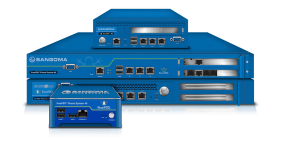 If you want the simplicity of an off-the-shelf solution with the open source freedom of FreePBX (no licensing fees), there are a number of companies that make PBX hardware built upon FreePBX. Sangoma, the company that maintains FreePBX, offers a line of preconfigured FreePBX Phone systems. The different models are specced and priced based on the number of provisioned extensions and the number of simultaneous calls you want supported, ranging from 40 extensions with 30 simultaneous calls up through a system that can support 1,200 extensions with 350 simultaneous calls.
If you want the simplicity of an off-the-shelf solution with the open source freedom of FreePBX (no licensing fees), there are a number of companies that make PBX hardware built upon FreePBX. Sangoma, the company that maintains FreePBX, offers a line of preconfigured FreePBX Phone systems. The different models are specced and priced based on the number of provisioned extensions and the number of simultaneous calls you want supported, ranging from 40 extensions with 30 simultaneous calls up through a system that can support 1,200 extensions with 350 simultaneous calls.
Desk Phones
While some phone systems may be proprietary and require specific phones to work, most modern PBX systems, including FreePBX use standard protocols such as the Session Initiation Protocol (SIP) or the Inter-Asterisk eXchange (IAX) protocol. A large number of companies produce SIP or IAX compatible VoIP desktop phones.
Hosted Business Phone Systems
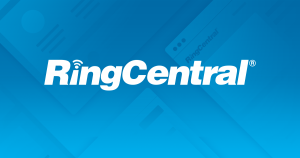 Thanks to the power of VoIP and software-based PBX systems, a number of providers offer hosted VoIP-based business phone systems. The same SIP or IAX phones supported by most modern on-premises PBX systems work with most of these services. We’ve gathered a list of a few companies that provide hosted PBX systems. All of the services we list here work with standard SIP phones and offer mobile apps for using your cell phone as an extension of your phone system.
Thanks to the power of VoIP and software-based PBX systems, a number of providers offer hosted VoIP-based business phone systems. The same SIP or IAX phones supported by most modern on-premises PBX systems work with most of these services. We’ve gathered a list of a few companies that provide hosted PBX systems. All of the services we list here work with standard SIP phones and offer mobile apps for using your cell phone as an extension of your phone system.
Call Forwarding Services
 If you need business mobile phones for you and your employees, you may decide that an entirely mobile service is the way to go. As we mentioned, all of those services above allow apps for mobile if you don’t want to use traditional desktop phones; however, you may find that you want an even simpler service. Google first released Google Voice as a call forwarding service, and later added support for VoIP phones as part of their new business-focused suite.
If you need business mobile phones for you and your employees, you may decide that an entirely mobile service is the way to go. As we mentioned, all of those services above allow apps for mobile if you don’t want to use traditional desktop phones; however, you may find that you want an even simpler service. Google first released Google Voice as a call forwarding service, and later added support for VoIP phones as part of their new business-focused suite.
A Call Forwarding Service (like the consumer free version of Google Voice) allows you to acquire a phone number you can list for your firm, but programmatically configure that number to forward to one or more other phone numbers. This is particularly useful for primarily mobile businesses where each employee works remotely and has a cell phone. You configure what is known as a hunt group where you list all the numbers you want it to call and indicate the way you want that hunt group called.
Most services will let you set a schedule for each internal phone number you wish to have called, and you can configure if you want all phones to ring at once, or if you want it to ring numbers in order so that if the first person is unavailable, it will forward to the second and so on.
If you want more flexibility, most of the VoIP services mentioned above in the Hosted Business Phone Systems section also support call forwarding or a mix of call forwarding and physical extensions.
Call Tracking Numbers
While we are talking about Call Forwarding Services, we should spare a few words to talk about Call Tracking services. Many analytics platforms provide tracking phone numbers as part of their services. These tracking numbers forward to your normal business phone line, but the VoIP system that forwards will log that the call was made into their systems. This is useful to analyze the source of calls that you receive to determine the effectiveness of your marketing campaigns.
We don’t want to say too much about Call Tracking Services here, because they deserve their own post, but we do have a couple of things you want to look out for if you decide to get a call tracking service.
- Most call tracking services do not work on AMP, make sure that if you have AMP on your website (and you definitely should) that you choose a call tracking service that supports the amp-call-tracking component.
- Make sure your call tracking service doesn’t always replace the phone number, but instead only replaces the number if you come in through a particular marketing medium. It is important for local marketing that you have a reliable phone number in order to rank well in services such as Google Local.
Final Thoughts
A few things we need to bring up as we wrap up.
Phones
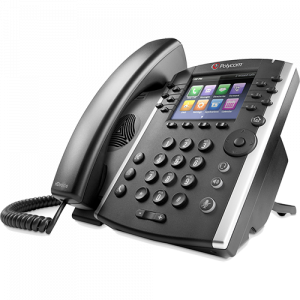 We’ve mentioned a few times that if you use a physical phone system or a hosted phone system that you can use any SIP-based phones. Here are a few of the more popular options as you build out your phone system.
We’ve mentioned a few times that if you use a physical phone system or a hosted phone system that you can use any SIP-based phones. Here are a few of the more popular options as you build out your phone system.
While all of these phones follow the SIP standard, not all of their features may work with all services. Check with your PBX system provider for their recommended phones.
Fax
Many phone systems can also detect and forward inbound faxes to an email address, and some include email-to-fax for outbound faxes as well. There are so many fax services out there and not all of them are equal, which is worth an entire post about faxing (stay tuned for a future post in The Collaborative Law Firm series).
Video Conferencing
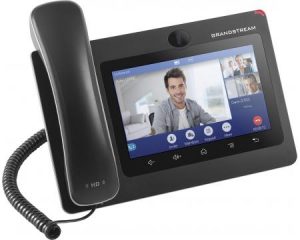 The physical phones I linked above are the phone specific models from Polycom, Grandstream and Cisco, but Cisco and Grandstream also offer phones with integrated video conferencing in the phone itself. When coupled with an infrastructure that supports it, these phones offer an all-in-one solution for both voice and video.
The physical phones I linked above are the phone specific models from Polycom, Grandstream and Cisco, but Cisco and Grandstream also offer phones with integrated video conferencing in the phone itself. When coupled with an infrastructure that supports it, these phones offer an all-in-one solution for both voice and video.
We will do another post in this series all about Video Conferencing services and systems.
Audio Conferencing
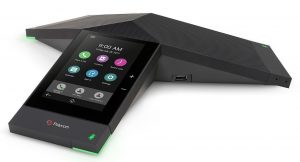 Polycom, Grandstream, and Cisco also offer optimized speakerphones designed for use in conference rooms. Additionally, almost all PBX systems (both physical and hosted) support some form of phone conferencing. Most support dial-in conference lines where different parties can call into a centralized number and enter a PIN to be put into a virtual conference room with parties from around the world.
Polycom, Grandstream, and Cisco also offer optimized speakerphones designed for use in conference rooms. Additionally, almost all PBX systems (both physical and hosted) support some form of phone conferencing. Most support dial-in conference lines where different parties can call into a centralized number and enter a PIN to be put into a virtual conference room with parties from around the world.
Wrap Up
That’s all for this edition of The Collaborative Law Firm, we hope it helps you the next time you are looking into upgrading your business telephone system. Stay tuned for future posts in this series about fax services and video conferencing services, and stay tuned to the Justia Legal Marketing & Technology Blog in general for a future post about call tracking services.
